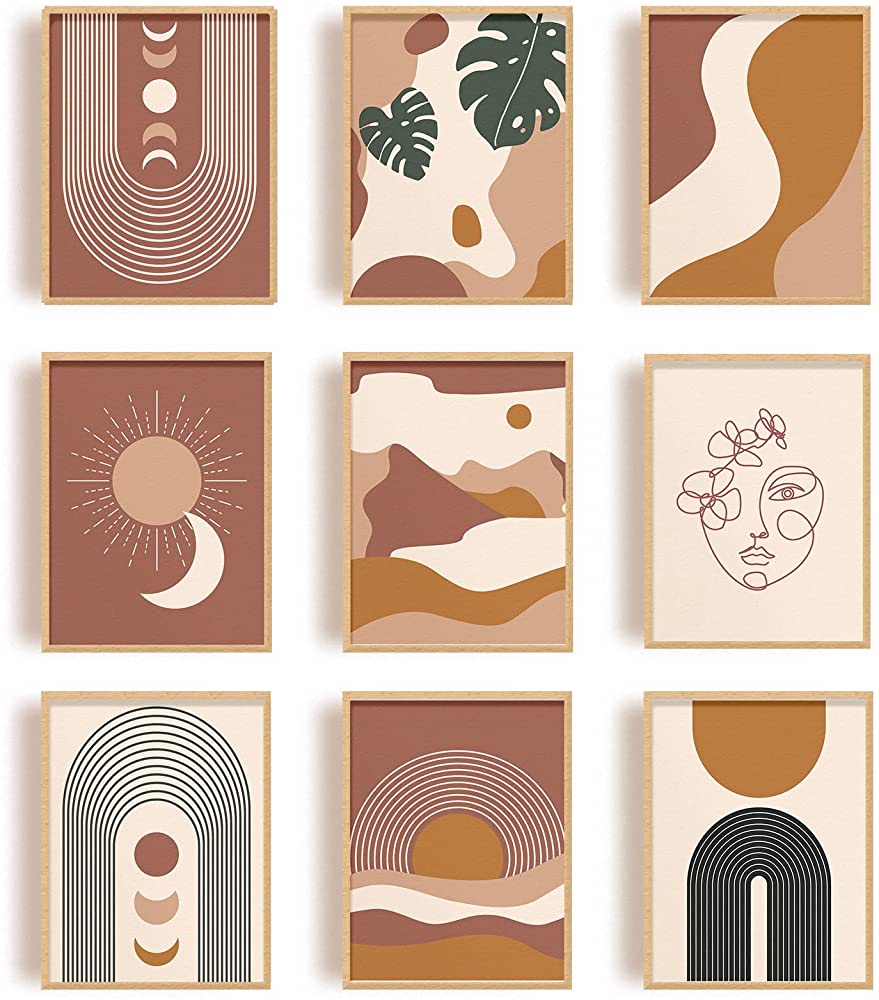Boho and minimalist design styles are compared and contrasted in this article. The boho style is characterized by its playfulness, eclectic mix of patterns, colors, and textures, with an emphasis on a relaxed and carefree atmosphere. The minimalist style has a simplicity and clean aesthetic, emphasizing function and purpose over decoration. Both styles have their appeal, and the choice between them is a personal preference. It’s okay to mix and match elements from both to create a unique look that suits your needs and preferences. The most important thing is to create a comfortable space that reflects who you are.
Boho vs. Minimalist: Which Style is Best for You?
Two popular styles that have emerged in recent years are boho and minimalist. While these two design styles are very different, they both have their appealing elements. The following article will compare and contrast boho and minimalist styles to help you determine which one is right for you.
The Boho Style
The boho style is characterized by its playful, eclectic mix of patterns, colors, and textures. This style takes inspiration from various cultures worldwide, such as Morocco, India, and Mexico, placing an emphasis on natural materials and handmade items. The boho style emphasizes a relaxed, carefree atmosphere, making it an ideal choice for individuals who enjoy decorating with unique, vibrant pieces.
Colors and Textures
Boho style is all about incorporating bold, vibrant colors and textures into your space. Think of rich, earthy tones such as browns, oranges, and yellows combined with light pastels, such as pinks and blues. Textured fabrics like velvet, shag, and fur also play a significant role in this style. It’s all about taking traditional elements and mixing them in unconventional ways.
Patterns and Accessories
Boho style is inextricably connected with pattern mixing. The secret is to choose patterns that complement each other while still standing out. For example, pairing a floral pillow with a geometric rug is a successful boho pattern mix. Layering is also vital in this style, whether it’s a combination of patterned rugs and throw pillows or curtains and tapestries. Accessories are also a central component—oversized floor cushions, plants, and unique lighting fixtures help to create a relaxed, bohemian atmosphere.
The Minimalist Style
Minimalist design is characterized by its simplicity and clean, open spaces. This style follows a less-is-more approach, emphasizing function and purpose over clutter and decoration. It’s ideal for individuals living in smaller homes or apartments, as it maximizes every square inch of space. The minimalist style emphasizes the importance of utilizing high-quality, well-designed furniture and decor to create an aesthetically pleasing, functional space with few distractions.
Colors and Textures
Minimalist style is all about using a neutral color palette, mainly consisting of whites, grays, and blacks. This creates a simple, clean aesthetic. When it comes to textures, simplicity is also key. Natural materials like wood, stone, and steel are often used to add minimal visual interest.
Patterns and Accessories
Minimal design features little to no pattern mixing, relying on simplicity rather than bold design choices. It’s also essential to minimize accessories, choosing only a select few to complement the furniture and decor in the room.
Which Style is Best for You?
When it comes down to deciding between boho and minimalist design, it comes down to personal preference. Some people may be drawn to the colorful, eclectic nature of the boho design, while others may prefer the simplicity and functionality of the minimalist style. Ultimately, it is essential to remember that these styles are guidelines, not rigid rules, and it’s okay to mix and match elements from both to create a unique look that suits your needs and preferences.
Summary
Both boho and minimalist design styles have their strengths and weaknesses. Boho style has a greater emphasis on color and texture, creating a playful, relaxed atmosphere, while minimalist design is all about simplicity and function. Ultimately, it’s up to personal preference to determine which style is best suited to your taste and lifestyle. However, it’s important to remember these are just guidelines, and it’s okay to mix and match elements from both. The most important thing is to create a space that feels comfortable and reflects who you are.
